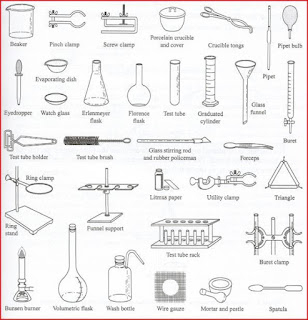ASSIGNMENT APPARATUS IN LAB
In a chemistry lab, the test tube is one of the most widely used glassware apparatus. It is a cylindrical vessel with a round bottom that is used to hold chemicals during the experiments. Due to their high thermal stability, test tubes can be used to heat or boil chemical samples. While heating, it’s essential to hold the test tube at a 45-degree angle so that the gases formed inside the narrow tube may easily escape without causing the hot liquid to shoot up.
The real size of the test tube, the height is 150 mm and diameter is 18 mm.
By RIDWANA DINI
2. BEAKER
Beakers are the most widely used laboratory apparatus. They are usually made out of glass, plastic, or heat-resistant glass and are generally cylindrical in shape with a flat bottom.
It is a container with many functions and often times it is used for stirring, mixing and heating processes for experimental or procedural purposes.
They come in different sizes like 10ml, 25ml, 50ml, 100ml, 250ml, 500ml, and even 1000ml. Each beaker typically has readings on the surface to indicate volume levels in the container. The beaker shown is a 250mL sized beaker done in Solidwork.
By PUTERI IZZAH ZUHAIRAH
3. Droppers
The dropper is a simple small lab instrument, generally comprised of a plastic or glass cylinder, with a small nose on one side and an elastic holder on the other. It is utilized to hold reagent or solutions and utilized dropwise during any chemical analysis.
The capability of a medication dropper is to dispense liquid medication. Droppers have graduated mark on them to decide the appropriate measurements. A dropper is utilized to drop a little sum on your device. A dropper is utilized to apportion modest quantities of a fluid.
Volume of fluid in a CBD dropper For this standard size, the dropper normally has 1 ml of all out fluid. This expects a full dropper.
By AMIRAH HANANI



.png)






Comments
Post a Comment